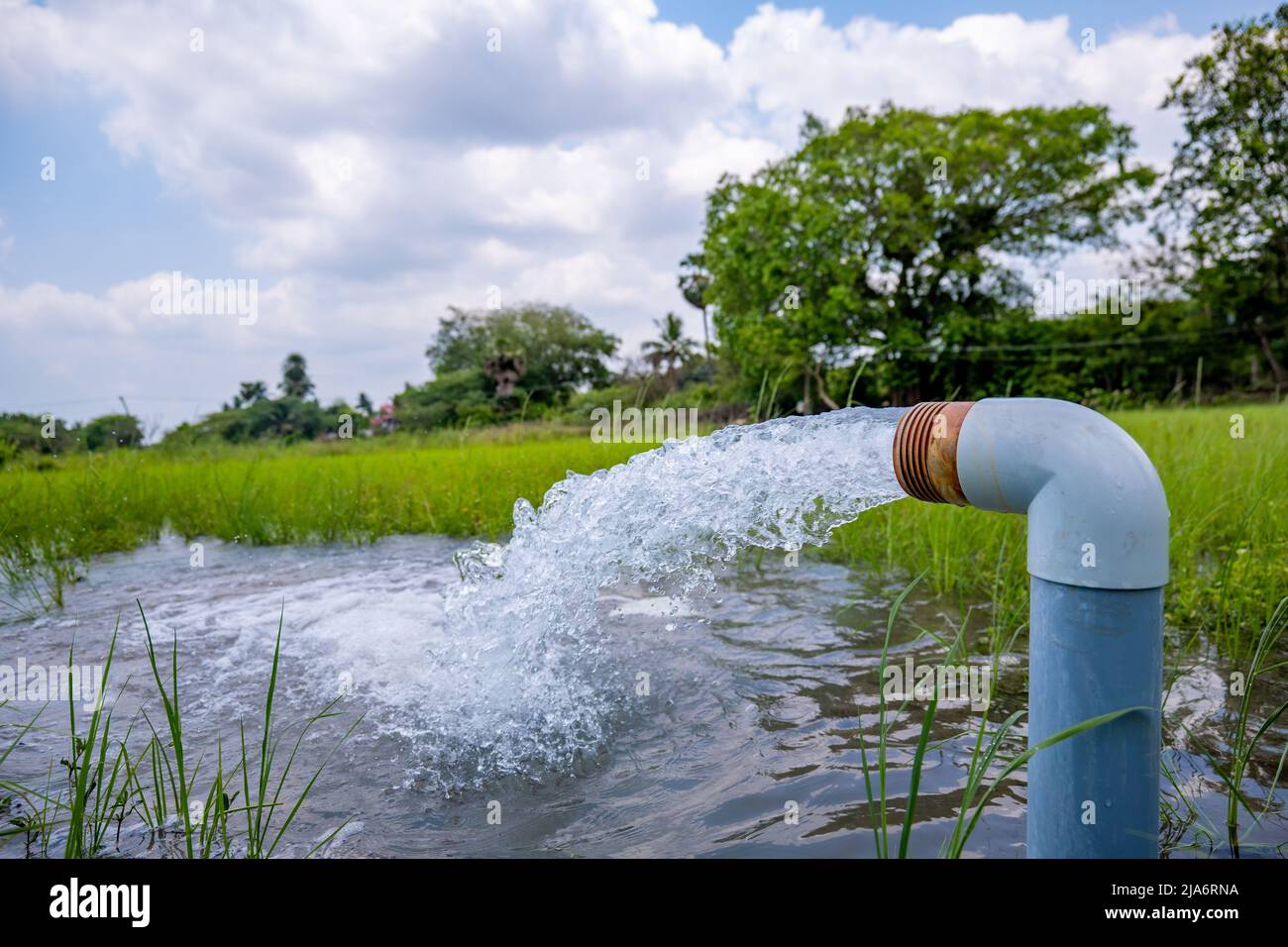Predicting Water Pump Failures In The Agriculture Sector¶

Summary¶
Water is essential for human beings across the world, especially in towns and remote areas where access to this resource is limited to pipes in supplemental areas. When there are failures in these pumps, it can lead to devestating impacts on these remote states, thus leading to families suffering. What if we could predict when these events were likely to happen?
Problem Statement¶
Based on the given sensor data, when will a water pump fail?
Motivation¶
Back home in India, access to water at a steady rate, even in the city is a major problem. It especially is an issue for agriculture because of how reliant the village is for harvesting and food consumption. In my dad's village, there is always a consistent outage of water at random times—or so random it seems. I'd like to be able to reconstruct this in a smaller scale to hopefully assist my dad's village in a larger scale.